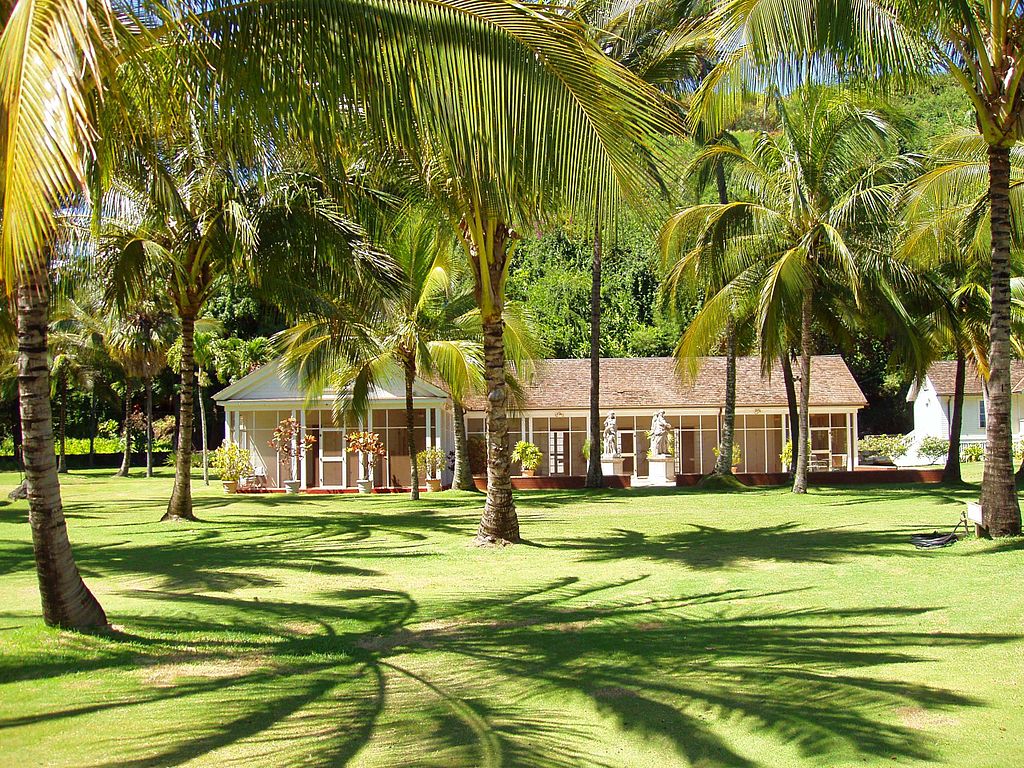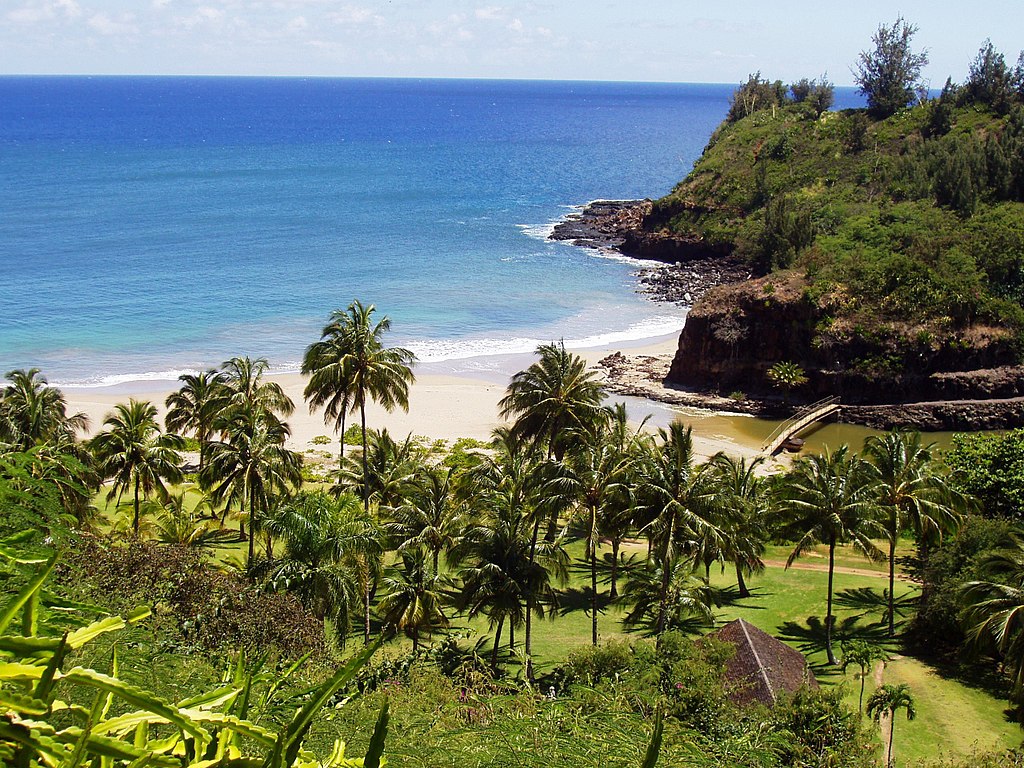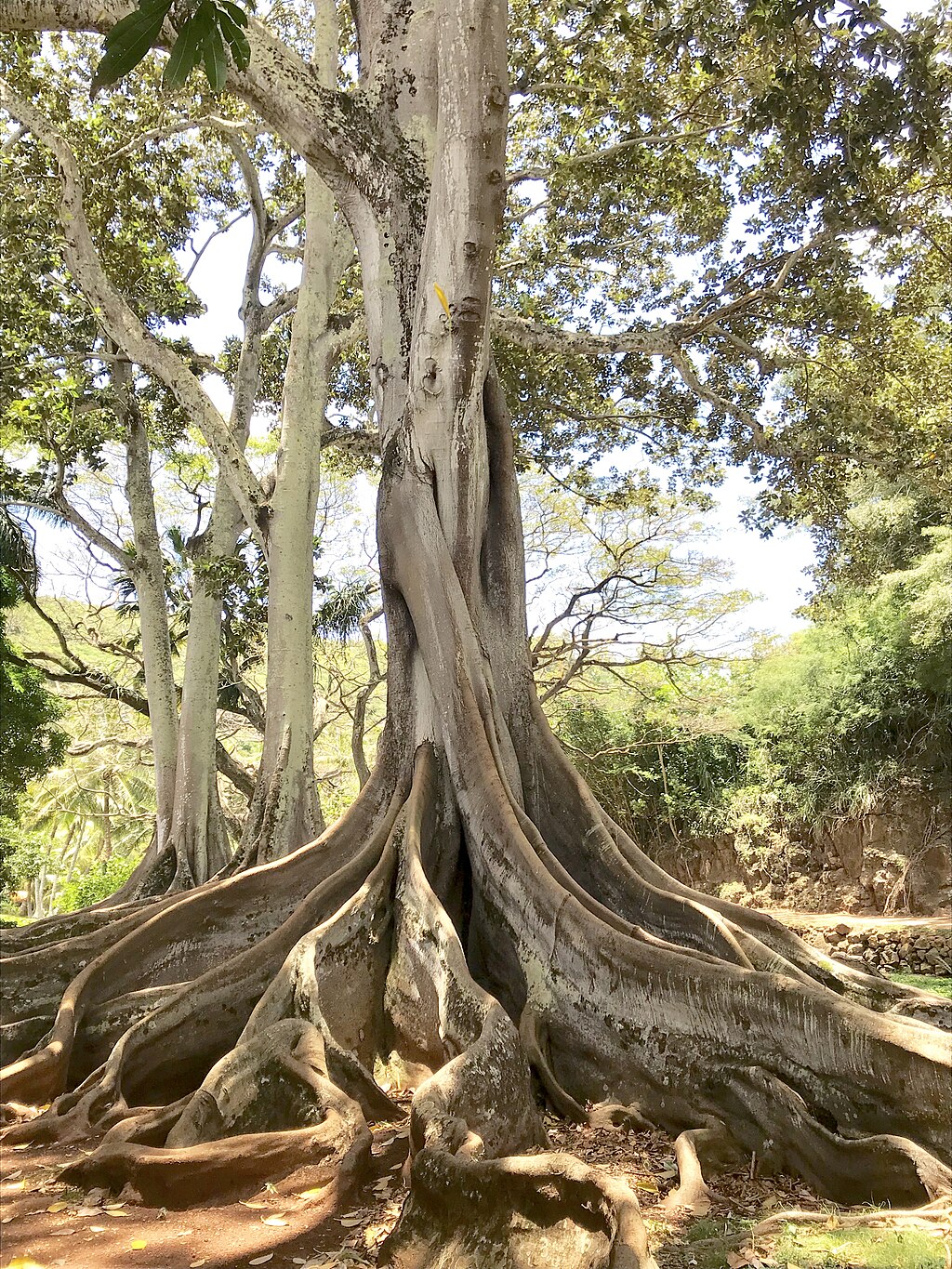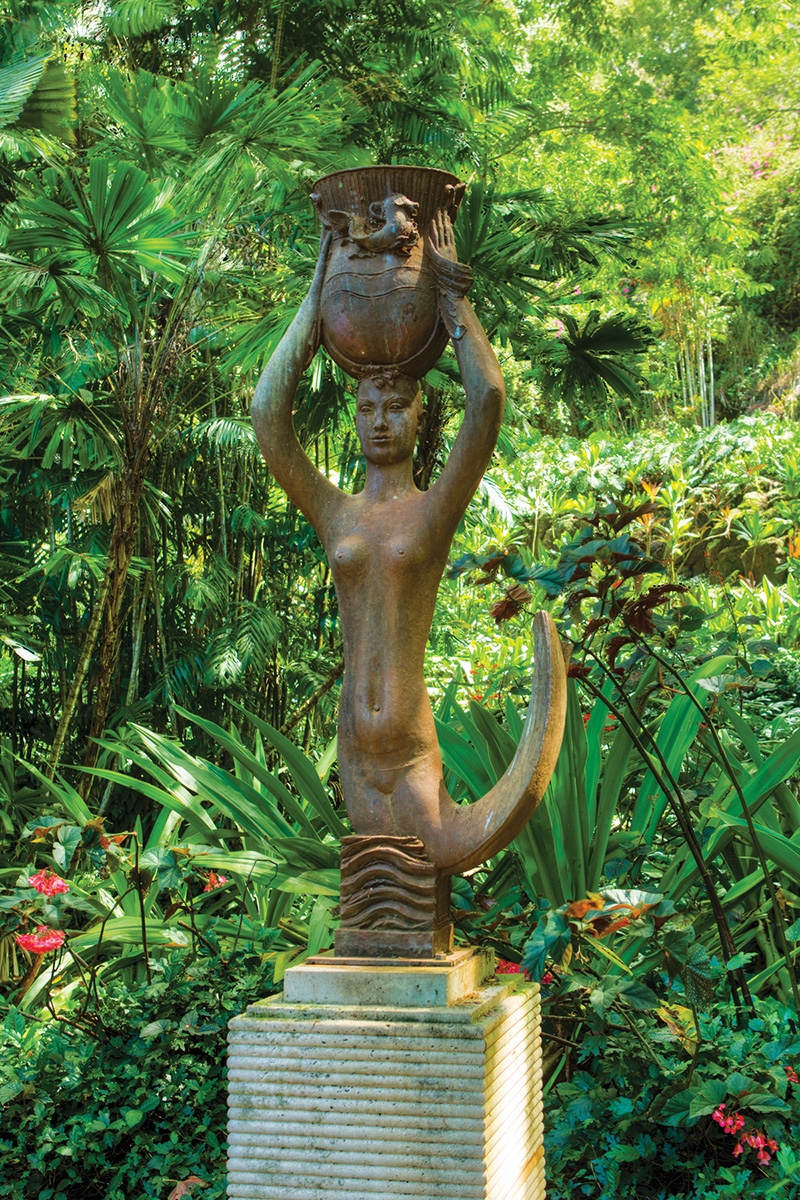Celebrating 60 Years of Plant Preservation and Research
“We’re all about perpetuating tropical plants, ecosystems and cultural heritage. Our approach is really biocultural and what we mean by that is we care deeply about the relationships between our ecosystems and our communities, between people and plants.”
~Communications Director David Bryant (as quoted in Island News, May 19, 2024)
Preserving Hawaii’s Rare Plant Life
The National Tropical Botanical Garden, headquartered in Kalāheo, on the island of Kauaʻi, turns 60 this year. Originally created as the Pacific Tropical Botanical Garden, NTBG was chartered by the U.S. Congress in 1964 as a not-for-profit institution, dedicated to tropical plant research, conservation, and education. In the years since, its diverse collection of living and preserved plant specimens, plays a crucial role in understanding and protecting the fragile ecosystems of the Pacific region. NTBG garden sites include McBryde Garden, Allerton Garden and Limahuli Garden and Preserve on Kauaʻi; Kahanu Garden near Hana, Maui which includes the 3-acre Piʻilanihale Heiau, a National Historic Landmark believed to be the largest ancient temple in the Hawaiian Islands; and The Kampong located in Biscayne Bay, Coconut Grove, Florida. View the timeline and history.
A Repository for Genetic Diversity
NTBG’s native plant collection is a vast repository of genetic information for rare Hawaiian plant species. Their meticulous record-keeping and data management systems play a crucial role in guiding the institution’s conservation efforts. Through a living collections database, NTBG maintains detailed information on all the collections that come in, which helps guide where to make additional collections to have good genetic representation of some of the rare species.
Collaborating for a Greener Future
The NTBG’s commitment to plant conservation extends beyond its own borders, as the institution collaborates with a network of botanical gardens throughout the Pacific region, as well as with government agencies such as the State Division of Forestry and Wildlife and the US Fish and Wildlife Service.
This collaborative approach allows the NTBG to leverage its expertise and resources, ensuring a comprehensive and coordinated effort to protect the region’s rare plant life. By sharing knowledge and working together, the institution is able to develop innovative strategies for plant conservation, including the maintenance of ex-situ collections and seed banks.
Restoring Natural Habitats
The NTBG’s commitment to conservation extends beyond merely preserving plant species; the institution also focuses on recreating natural habitats to ensure the long-term survival of these rare plants. This approach, known as habitat restoration, is crucial for the successful reintroduction of rare plants into their natural environments. By carefully recreating the specific conditions and ecological relationships that these plants require, the NTBG increases the chances of their long-term survival and thriving in the wild.
Sharing the Wonder with the Public
The NTBG’s mission extends beyond scientific research and conservation; it also aims to share the wonder and beauty of the natural world with the public. The institution’s distinct gardens, the Allerton Garden, the McBryde Garden, the Kahanu Garden and the Limahuli Garden and Preserve, offer visitors a unique opportunity to immerse themselves in the diverse plant life of the Pacific region.
The Allerton Garden: A Masterpiece of Landscape Design
The Allerton Garden, a stunning 80-acre property acquired in the 1930s, is renowned for its exquisite landscape design, hidden garden rooms and its numerous water features emitting the sounds of flowing water. Allerton honors Queen Emma who nurtured beauty in this cherished place and celebrates the vision of
millionaire philanthropist Robert Allerton and his longtime companion John Wyatt Gregg who designed and worked on the garden (Robert’s former estate) over more than a half-century.
The McBryde Garden: A Journey through Time
The McBryde Garden, part of the South Shore Gardens, offers visitors a unique opportunity to explore the evolution of plant life. The biodiversity trail takes people on a real-life walk through 450 million years of plant history. In addition to the biodiversity trail, the McBryde Garden also features a native garden and a canoe garden, showcasing 27 specific plants that were brought to Hawai‘i by the Polynesians.
Cultivating a Deeper Appreciation for the Natural World
The National Tropical Botanical Garden is a thriving example of the power of conservation, scientific research, and public education to protect the world’s most precious natural resources. By safeguarding the rarest plant species, restoring natural habitats, and sharing the wonders of the natural world with visitors, the NTBG is making a lasting impact on the preservation of Hawaii’s unique and fragile ecosystems.
As the world faces the unfolding challenges of environmental degradation and biodiversity loss, the National Tropical Botanical Garden serves as an inspiration, demonstrating that with dedication, collaboration, and a deep appreciation for the natural world, we can work towards a more sustainable and resilient future for all.
NOTE: Chipper Wichman, former chief executive officer of the National Tropical Botanical Garden, was the recipient of the Historic Hawai‘i Foundation annual “Frank Haines Award” in 2015. Wichman was selected for his achievements in cultural and natural resource protection. His work included restoring Pi‘ilanihale Heiau, a National Historic Landmark site located in Kahanu Garden on Maui, and restoring Limahuli Garden on Kaua‘i. Limahuli Garden projects included restoring ancient taro terraces, developing a collection of rare and endangered native Hawaiian plants, opening the garden to educational tours, and adding the 989-acre Limahuli Preserve. In addition to his work in conservation and education, he has lead efforts to perpetuate and preserve native Hawaiian culture. He spearheaded a four-year Indigenous Communities Mapping Initiative Project at Limahuli. This collaborative project focused on researching and documenting traditional cultural knowledge and land use relationships and perpetuating traditional practices within the native community.






